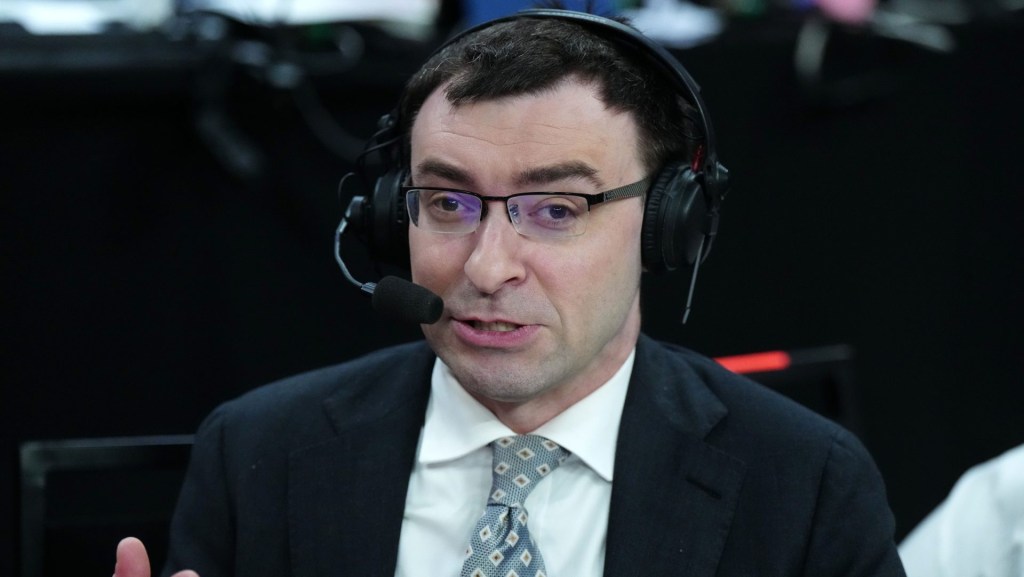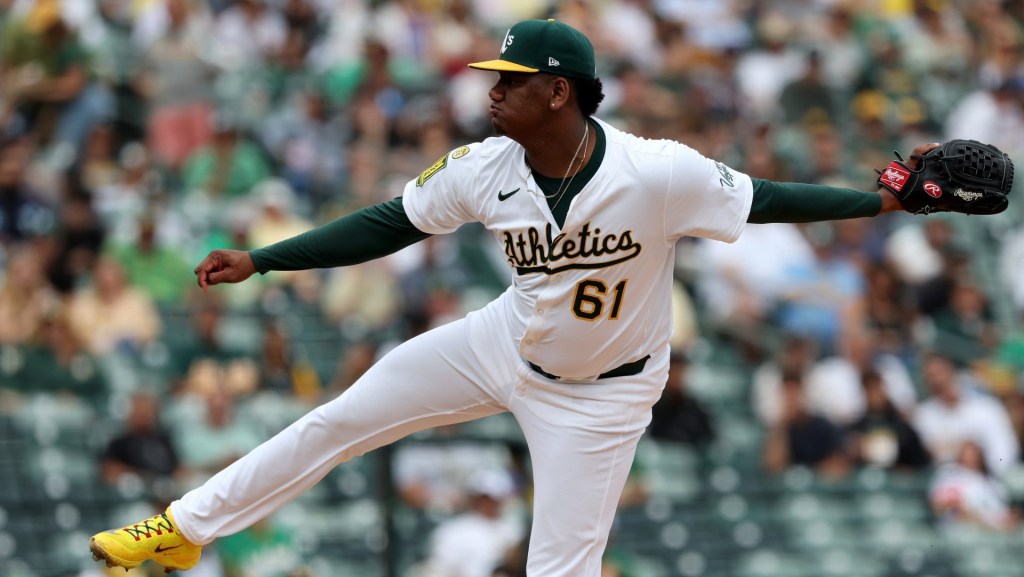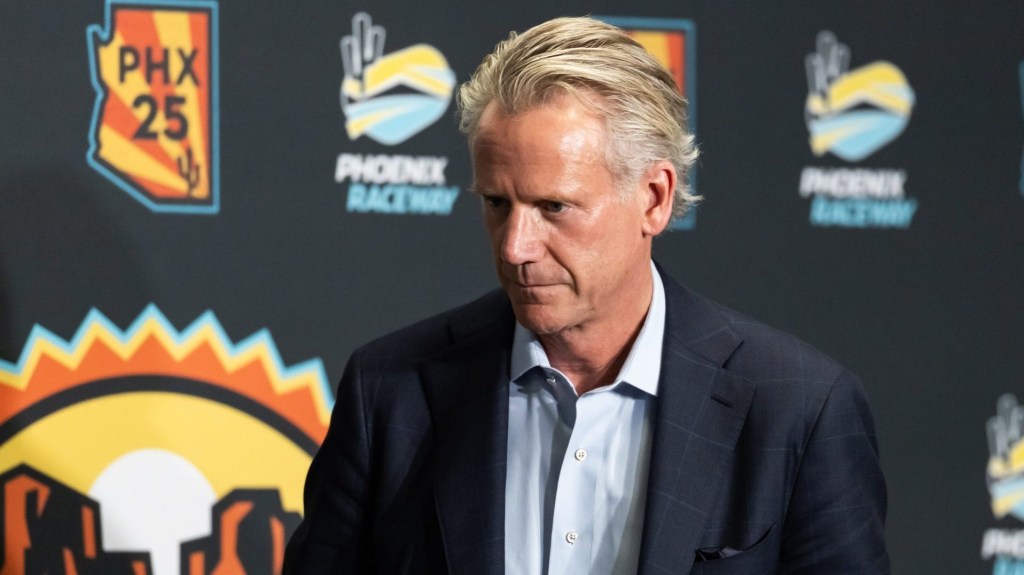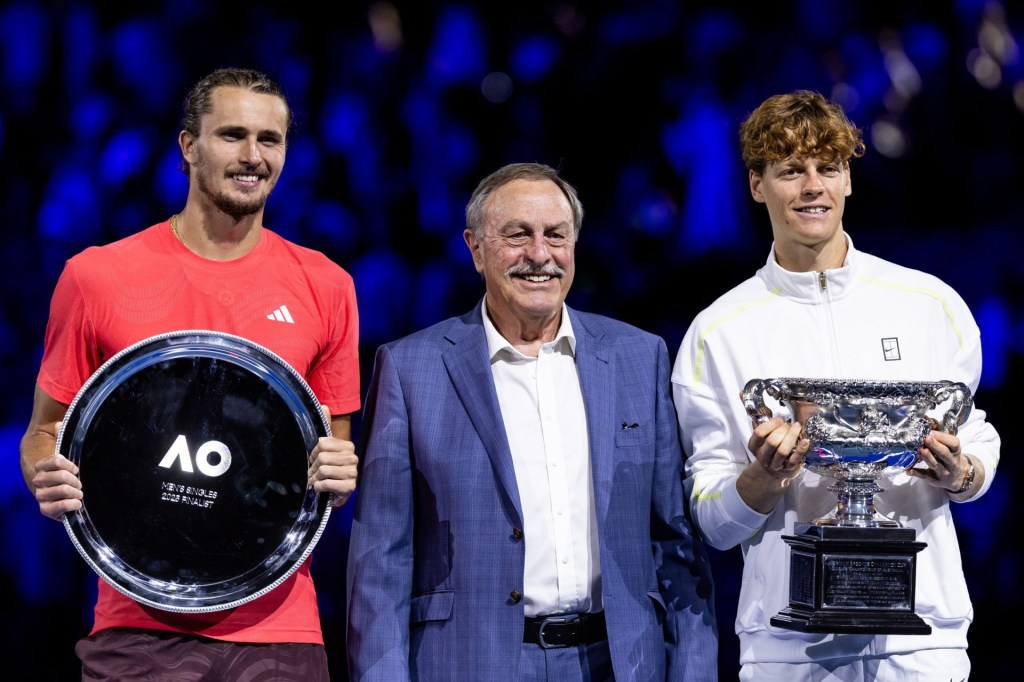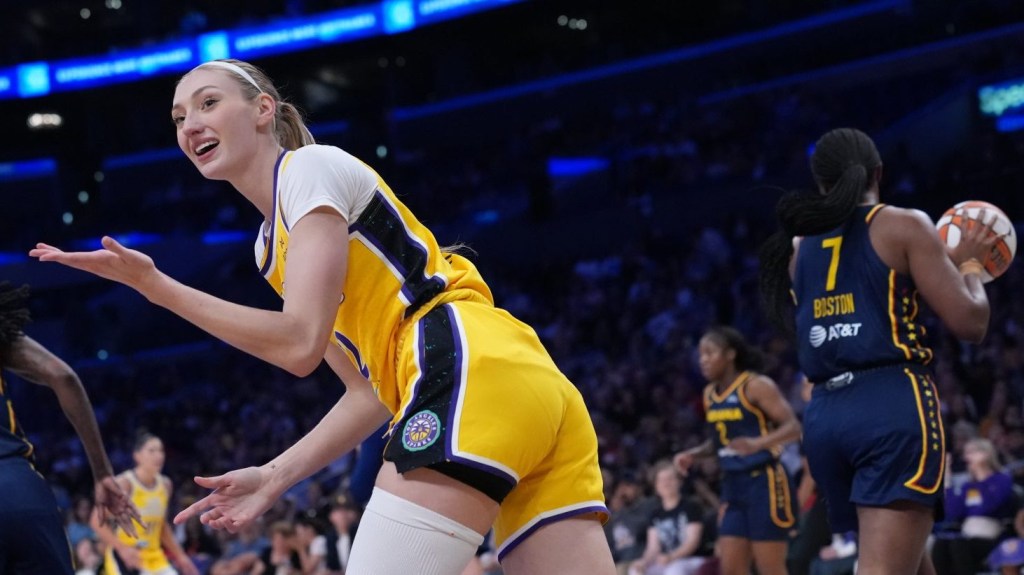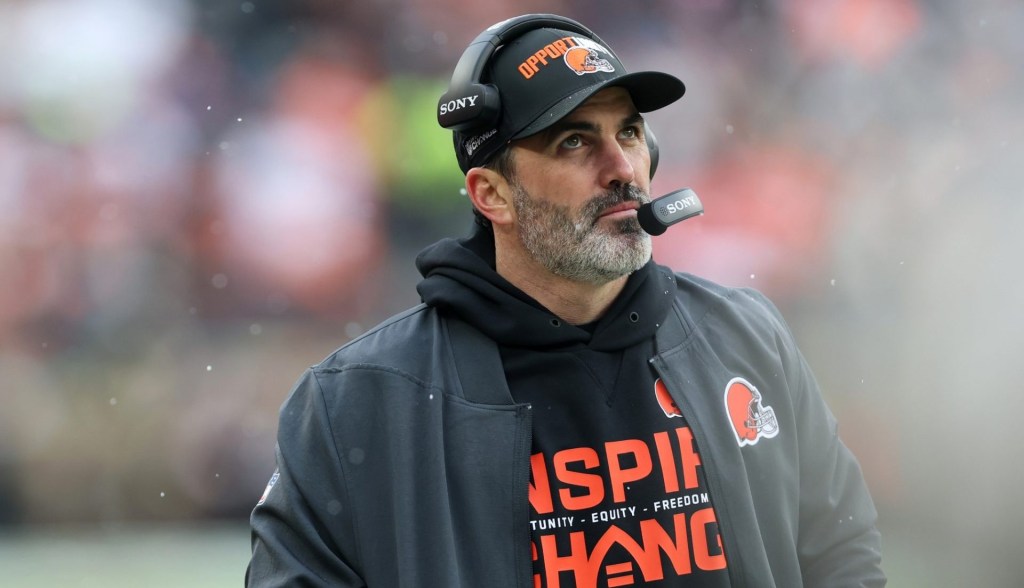Australian bowler Pat Cummins made his debut in Major League Cricket’s second season, which wrapped July 28. The international star, whom Wisden, the English cricketing bible, lists as the leading player in the world, is one of the few athletes with such a broad skill set that he can excel at all three of the sport’s codes: five-day Test matches, one-day games, and the three-hour Twenty20 format played in MLC.
Cummins, like many of the game’s best, has his pick of any league, and can set his own schedule; he has recently limited his appearances to international matches for Australia and a roughly $2.4 million annual deal with Sunrisers Hyderabad in the Indian Premier League (IPL)—by far the highest-quality and best-paid T20 league in the world.
In recent years Cummins has shunned playing in any of the other national T20 competitions that litter the cricket calendar. He has not even competed in the Australian tournament, known as the Big Bash, since 2017. That’s why Cummins’s two-year deal to play for the San Francisco Unicorns was a particular coup for MLC—a relatively small U.S. league with a draw that pales in comparison to overseas leagues, based in a country that still lacks international-standard facilities. His agreement with MLC, inked in June, saw Cummins play in the U.S. before any of MLC’s closest rivals, such as The Hundred in England or SA20 in South Africa.
He’s just one of the many outstanding overseas cricketers who have landed in the U.S. “We’re ecstatic with the international players we signed up,” says Justin Geale, tournament director of Major League Cricket. “We’ve got some of the best players in the world.”
Talent keeps trickling in from overseas leagues in part because MLC can lay out cash—and other opportunities—in a way some overseas leagues simply can’t. Even as a start-up league in a sport where salaries are relatively low, international stars defecting to the U.S. are finding themselves with paydays that spell earnings they never would have gotten in even some of the world’s biggest leagues.
Cricket rosters in the U.S. are increasingly loaded. Cummins (below) joined other outstanding overseas cricketers, including Trinidadian all-rounder Kieron Pollard and South African wicket-keeper batsman Heinrich Klaasen.
This year, the league has also attracted three key Australians: Steve Smith, a former national team captain; young batsman Jake Fraser-McGurk; and Travis Head, the star of the recent T20 World Cup held in the U.S. and the Caribbean. Add New Zealand’s Rachin Ravindra and South Africa’s Kagiso Rabada, and the MLC has jumped ahead of its rivals—The Hundred, in particular—in the race for talent.
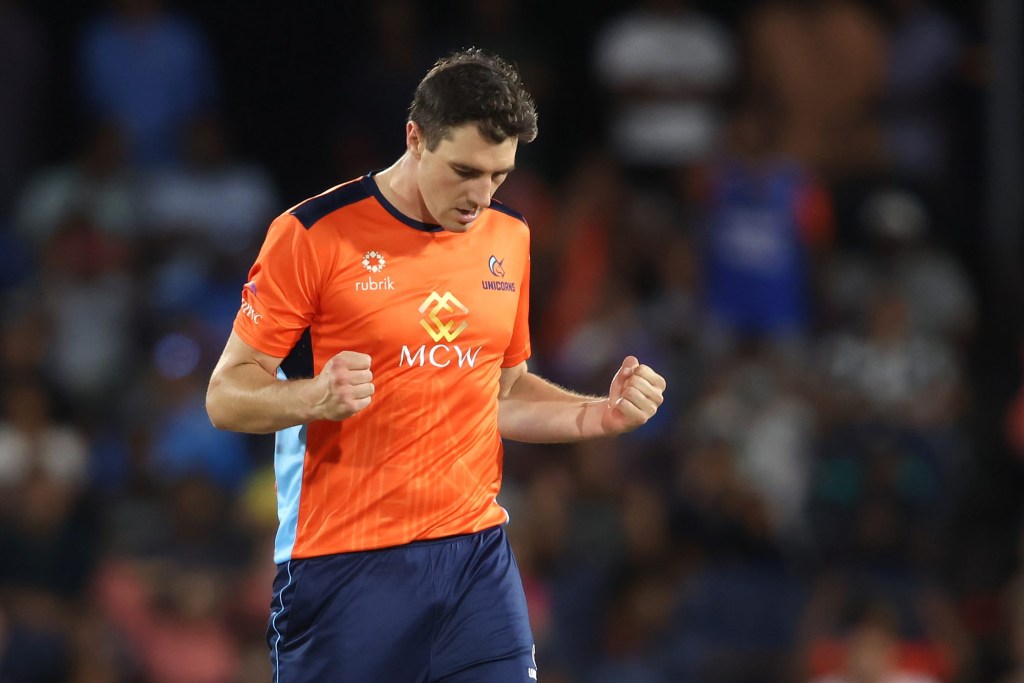
It’s extraordinary that athletes favored the second season of a cricket competition in the U.S. ahead of a tournament held in England, the sport’s historic home. But money talks.
Geale tells Front Office Sports that each of MLC’s six teams has a cap of $1.15 million to hire a squad of between 15 and 18 players. Of this total, $320,000 can be spent on domestic cricketers and $830,000 on up to nine overseas stars. (This is pocket change compared with the wages on offer in the IPL, but noteworthy relative to everywhere else.)
At the draft for domestic players, first-round picks earned $75,000—but international stars have the potential to earn much more. For example, the Unicorns maxed out their allocation of overseas players in 2024, so if each of the other eight earned the same as the top-earning domestic players, the team would have $230,000 left for Cummins. Exact figures aren’t disclosed, but for the highest-shelf players who will certainly command more than the best domestic players, their earnings for this short stint are highly competitive with—often better than—The Hundred, where the top salary band for domestic and international players is £125,000 (around $160,000).
These paychecks have left other leagues scrambling. The fourth season of The Hundred, which began July 23, was missing around half of its overseas players because they were involved in MLC. For this year, MLC’s fixture list overlaps with The Hundred by six days. This has forced English franchises to rush to sign players on one-match deals to cover those players still involved in the U.S.
“We’re not here to destroy world cricket,” Geale says. “But for a long time, England has had that summer window to itself by virtue of being in a different hemisphere. If you look at the English winter, you have Australia, South Africa, and India all competing in that space. So, I think some competition [for players] in the summer was inevitable.”
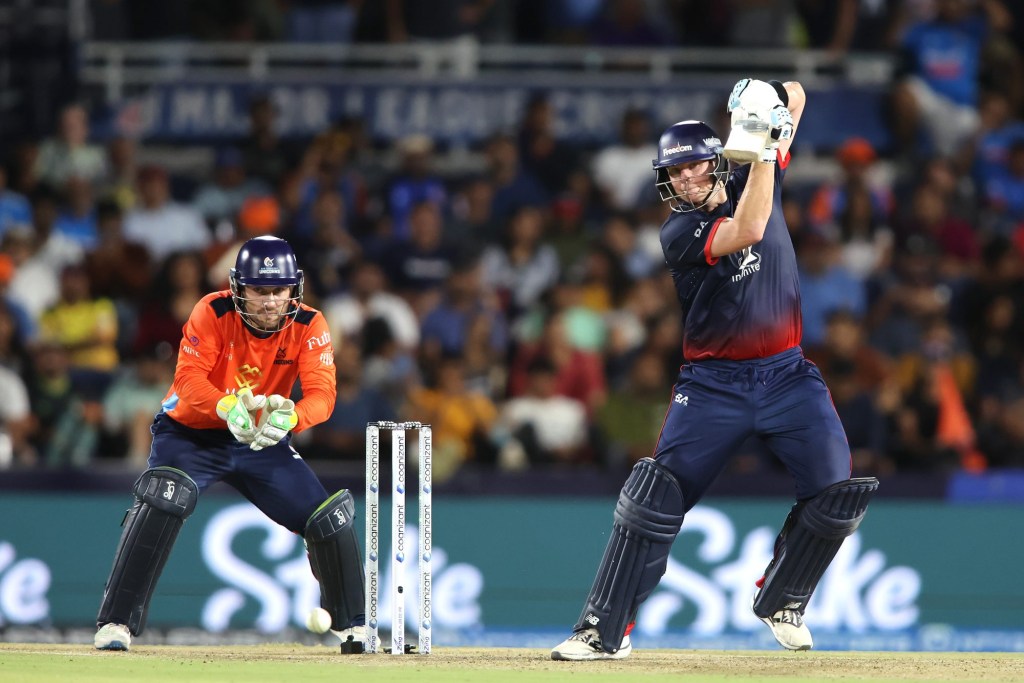
MLC also made an important strategic decision early on that has helped it to draw in overseas players. Before its debut season in 2023, it accepted investment from four of the Indian enterprises that run teams in the IPL. This brought in considerable operational experience, but also demystified MLC for some of the players the league was seeking to attract.
“The players had preexisting relationships with owners, coaches, and support staff, so they could immediately feel comfortable in what is essentially a new tournament,” explains Dan Weston, an English cricket consultant who has worked with franchise teams in The Hundred and the IPL. The New York franchise, which is run by the same operation as the Mumbai Indians in the IPL, includes three overseas players—Tim David of Australia, Dewald Brevis of South Africa, and Romario Shepherd of the West Indies—who play for Mumbai in India.
MLC has been so successful in luring international talent that The Hundred is likely to make changes to catch up.
The Hundred’s eight teams are currently owned and operated by the England and Wales Cricket Board. This decision means the ECB has complete operational control over the tournament. The ECB also receives all of The Hundred’s revenue. However, this model also puts a ceiling on salaries and prevents the sort of international links that have brought foreign stars to MLC.
The ECB has secured the approval of the English domestic teams to sell 49% stakes in all Hundred franchises to private investors later this year. Although the ECB has spoken of investing proceeds from the sales into the domestic game and recreational cricket, its major goal is to prevent The Hundred from being outflanked by other competitions, including MLC. An ECB spokesman told FOS, “The global cricketing landscape is highly competitive and that is why we are working to ensure we can attract the best overseas players along with retaining the best English talent.”
That the ECB is playing catchup to a nascent U.S. league is remarkable. “We certainly have not taken first-mover advantage on private investment,” admitted the ECB’s chief executive, Richard Gould, in a recent interview with The Cricketer. Weston, meanwhile, believes the arrival of private investment would enable the ECB to raise salaries “markedly,” eroding MLC’s current superiority.
Yet for all the effort, other leagues may struggle to replicate some of the factors that help MLC draw in overseas stars.
“A lot of the guys see opportunities off the field, as well for their post-cricket careers,” Geale tells FOS. “There is a certain fascination about the American sports market. It is incredibly sophisticated. The brands are big, and they do it really well.”
When announcing his deal with the Unicorns, Cummins noted the “long-term” appeal of building links to San Francisco and Silicon Valley. Cricket does not yet have the culture of veteran players investing in sports properties, but it is possible that Cummins’s generation could take the first exploratory steps.
And even without players without strategic plans, a month in the States is simply an enjoyable time. “Everyone wants to go to the U.S. and see the country,” says Cameron Gannon, an Australian-born bowler who has played in both seasons of MLC. “It’s a huge tourist destination, and the league is a great way to make that happen.”

As they jostle for the sport’s best players, both MLC and The Hundred have expansion plans. Geale says MLC wants to add another two teams in 2026 and even more beyond that, provided it can build some more grounds to host matches. And across the pond, part of the ECB’s pitch to its potential investors is the opportunity to add more games to its fixture list.
Although Geale believes “there is no reason why MLC and The Hundred cannot live nicely together,” future schedule clashes seem likely, necessitating that the leagues will continue to go head-to-head to host the world’s best players.
As for Cummins, the Unicorns were well beaten in Sunday’s final by Washington Freedom. Nevertheless, the Aussie skipper took the wickets of countrymen Head and Smith and smote two big sixes in a batting cameo of 13 runs off seven balls. A runners-up spot for Cummins and the chance to learn from one of the best players in the game means that both player and team will consider his contract to be money well spent.

